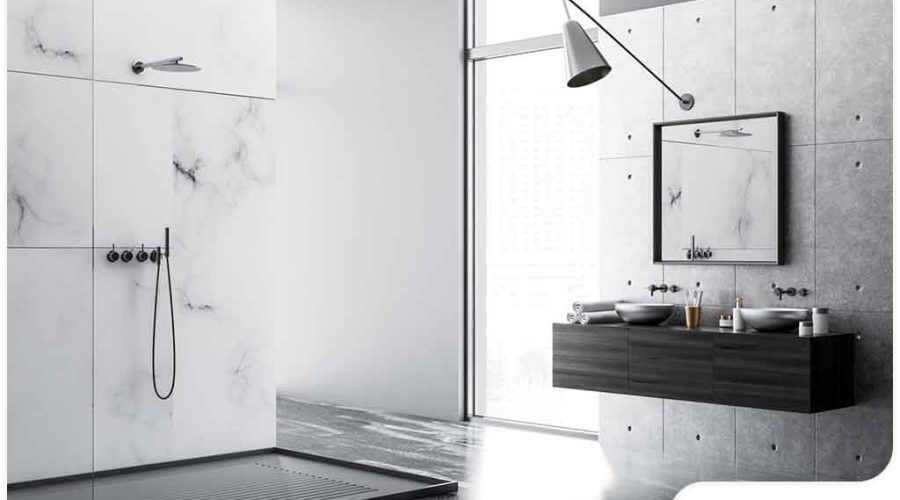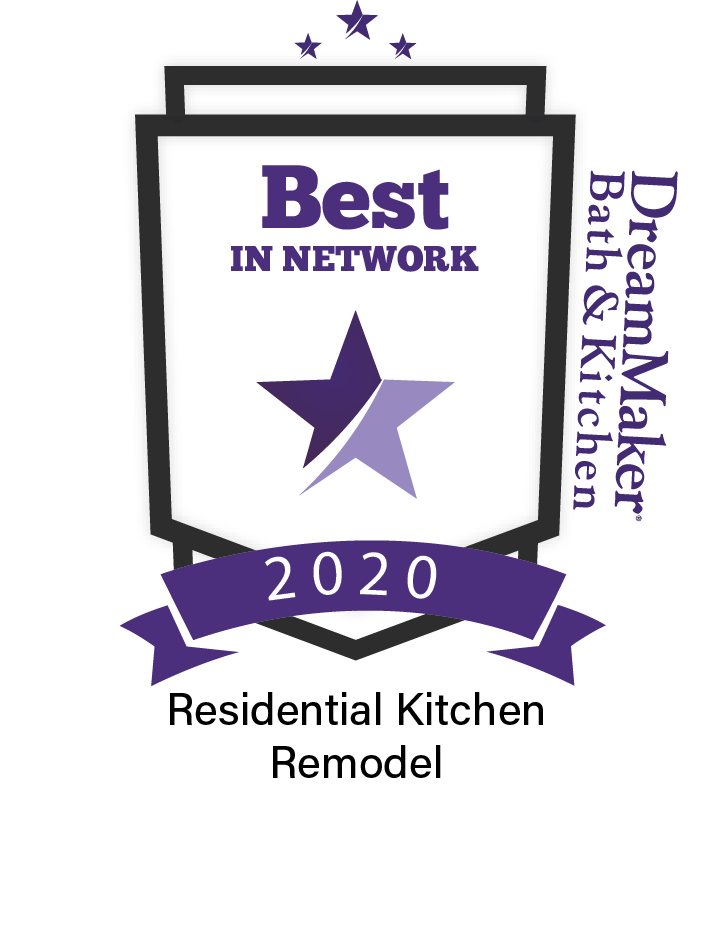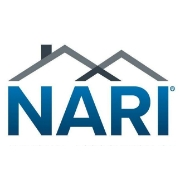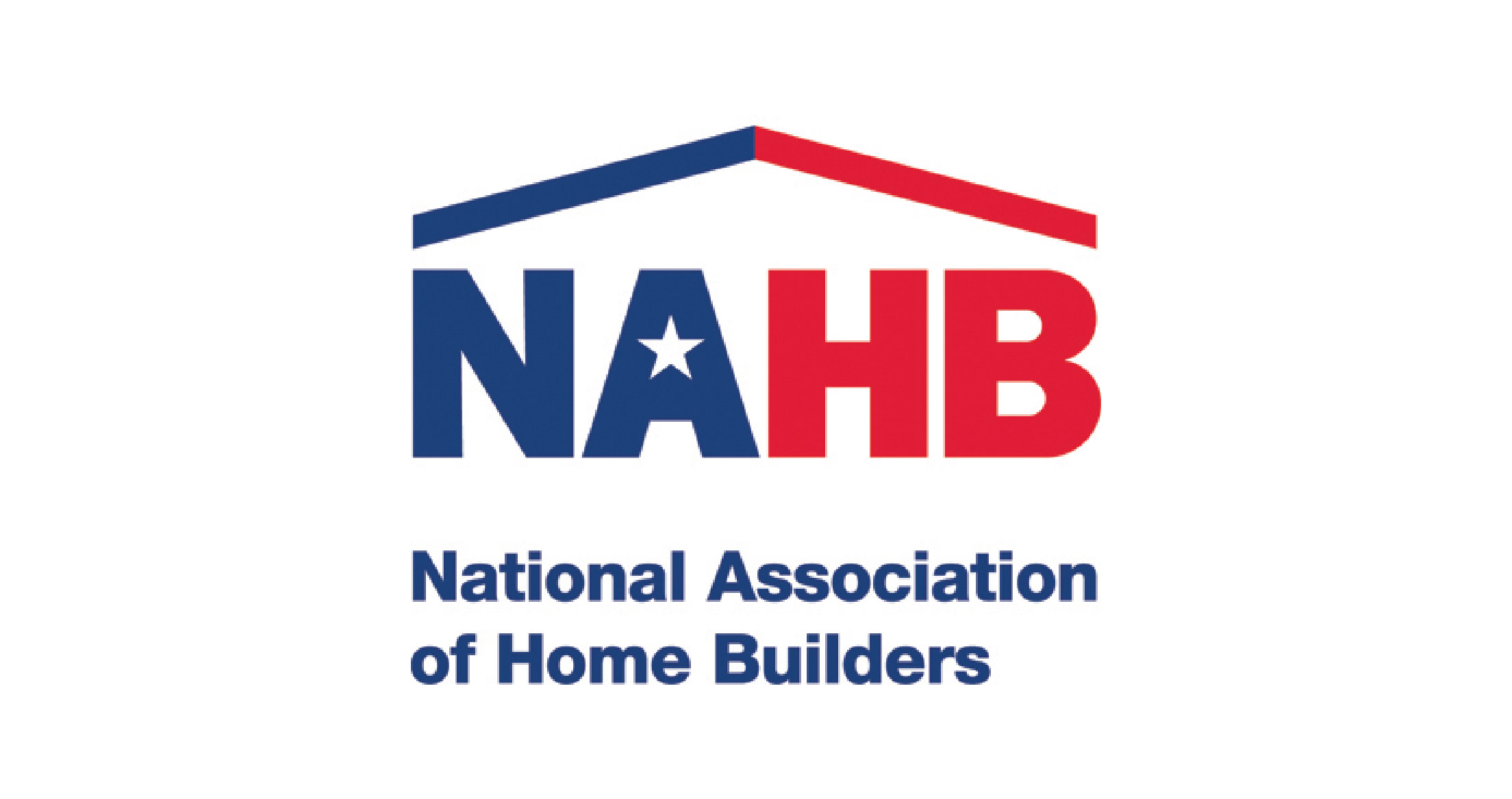
A wet room, also known as a wet zone, is a type of bathroom that doesn’t have separate wet and dry areas. Local bathroom remodeler DreamMaker Bath & Kitchen of Southern Lakes takes a look at why you might consider one and how to plan for it.
Reasons to Have a Wet Room
A wet room is different from a standard bathroom in that it doesn’t have a shower enclosure or anything similar which separates wet and dry areas. Instead, the entire room effectively acts as the enclosure. This means everything within the wet room has to be waterproofed and tiled to prevent leaks. It also means components that can be damaged by direct contact with moisture, such as carpeting and wood paneling, can’t be used.
There are a few reasons to consider a wet room over a regular bathroom. One of them is size: a wet room can help you maximize the space in a small bathroom. Eliminating a shower enclosure makes it easier to move while showering. Wet rooms are also easier to use for people with mobility issues, since there is no need to step over a tub wall or shower pan. Many people also find wet rooms easier to clean than regular bathrooms.
Planning Considerations
Given the differences between a typical bathroom, there are things that you need to consider before you commit to a wet room for your next bathroom renovation.
- Water Drainage — Drainage is doubly important in wet rooms because the entire floor area is designed to be wet. The floor must have a slight slope to ensure water moves toward the drains. Incorrect grade can cause puddles or standing water, so you will need a remodeler that’s aware of such requirements.
- Waterproofing — Bathrooms typically require waterproofing in certain areas, such as the shower, bathtub or bidet. Wet rooms, on the other hand, need waterproofing of the entire floor area. A leak can cause problems in the rooms right below the wet room, one reason why wet rooms are not ideal DIY projects.
- Floor Plan — Wet rooms tend to be smaller than typical bathrooms, so you need to efficiently plan what goes into it. Space-saving features such as floating cabinets and vanities and a wall-mounted toilet can help you make the most of your wet room. Making it a three-quarter bathroom by eliminating the bathtub will give you even more latitude with the floor plan.
- Existing Plumbing — Taking existing plumbing into account can help reduce the cost of plumbing and labor. It can also make more efficient use of water pressure, which is important if you’re planning on having the wet room installed upstairs. If you need help planning your wet room, you can talk to DreamMaker Bath & Kitchen of Southern Lakes.
Let’s Start a Conversation!
DreamMaker Bath & Kitchen of Southern Lakes is your leading provider of kitchen and bathroom remodeling services. Give us a call at (262) 923-8721 or fill out our contact form. We serve customers in Kenosha, Racine, Burlington, Lake Geneva and nearby areas.



